MSA/V+'s NAVEZ social housing wins 2017 Emerging Architect Prize from EU Mies van der Rohe Award
By Justine Testado|
Friday, May 12, 2017
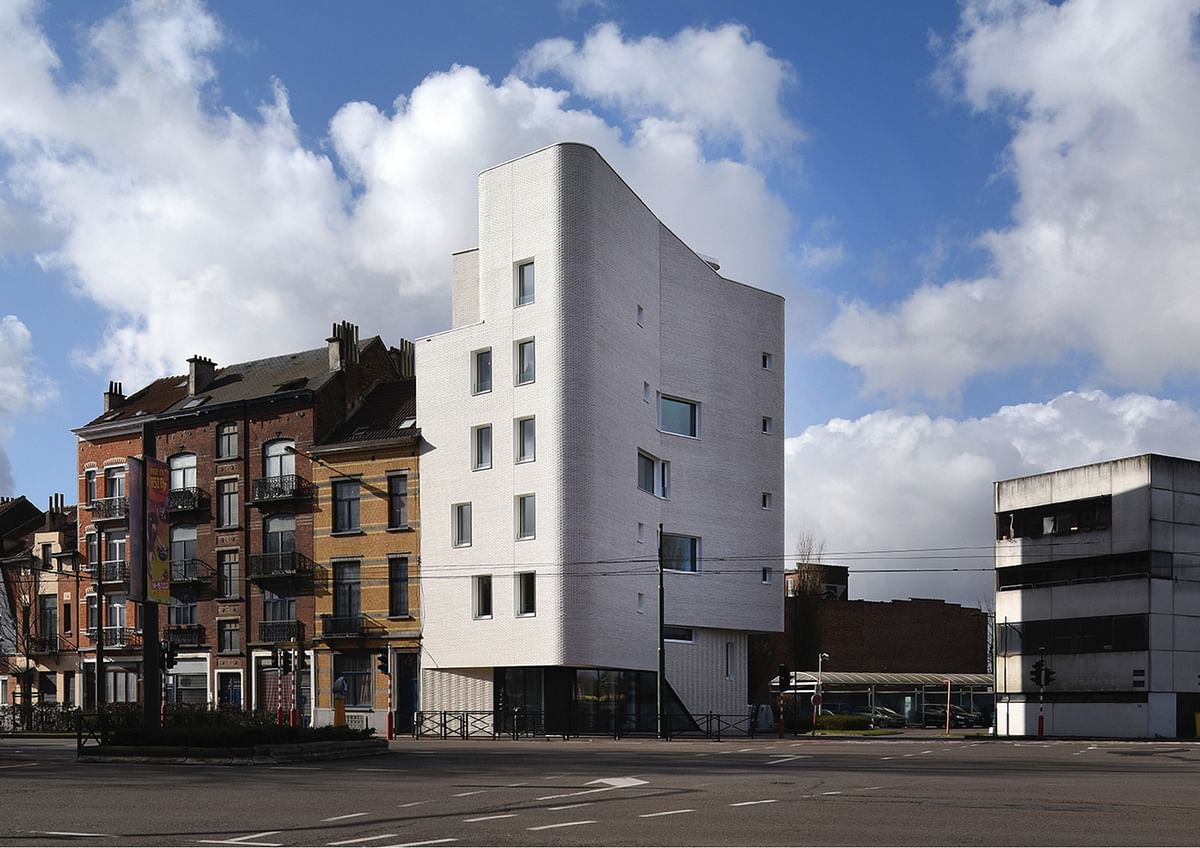
Related
As part of the big winning announcement of the 2017 EU Mies van der Rohe Award, the 2017 Emerging Architect Prize was given to Brussels-based firm MSA/V+ for their social housing project called NAVEZ, which comprises five flats in a small corner at the northern entrance of the city.
Read on for more about the project below. In case you missed it, check out the 2017 Mies van der Rohe grand-prize winner, DeFlatKleiburg.
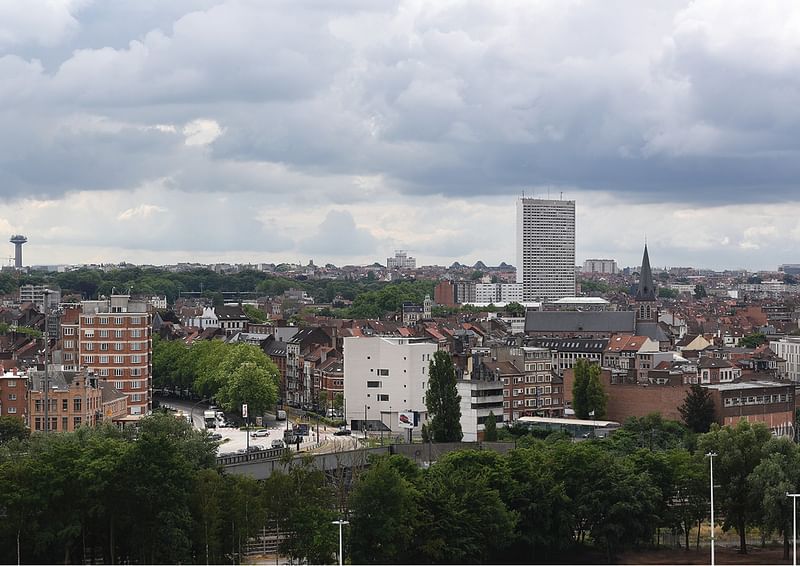
The housing project fulfills local authorities' ambitions to build a new landmark at the city entrance while also providing high-quality apartments for large families in need. When visiting the project, the Mies van der Rohe jury noted MSA/V+'s meticulous attention to integrating the landmark building with the surrounding neighborhood.

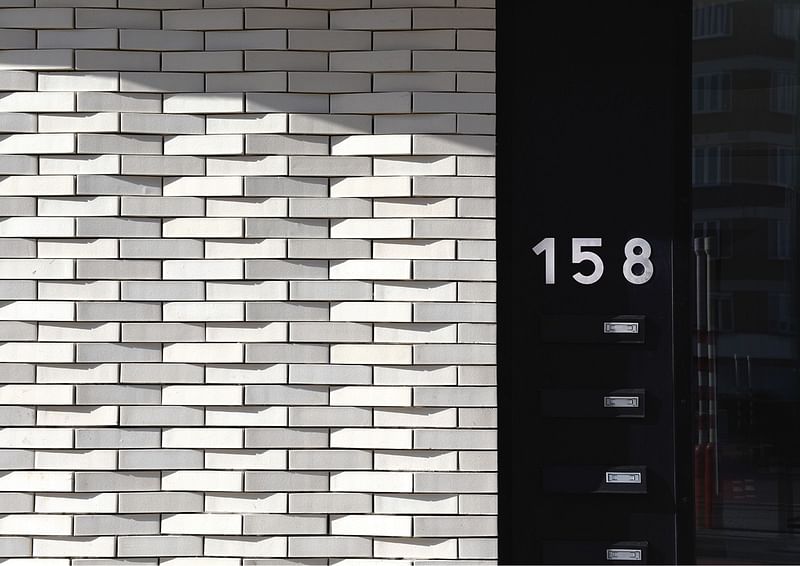
The jury also commended the high-quality design of the units, which provide natural light on all four orientations, outdoor spaces, engaging views of the city, and unique spatial experiences in common and private areas — thanks to architectural features like split-level and inverted duplexes. The passive building includes a super-insulated envelope, soundproofing, triple glazing, and balanced ventilation.
The project involved a thorough participative process to establish dialogue with inhabitants and different administrations to explain, develop, and amend urban and architectural issues.

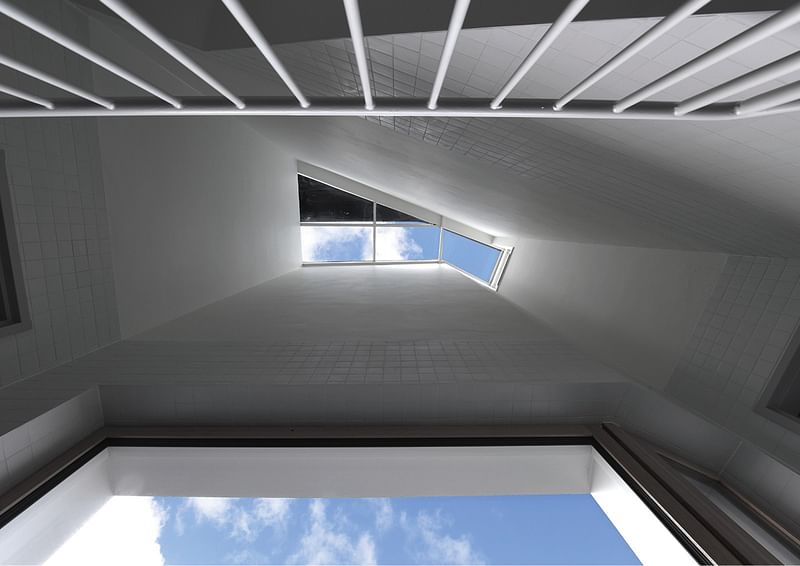
“As most projects in Brussels, the building had to face a fascinating but difficult context. To face the small, noisy and mainly northern orientated plot, the building uses key architectural features. It develops long folded apartments around a southern opened courtyard and a complex staircase that intertwines with individual stairs, allowing internal volumetric movements and kilometrical views to the surrounding landscape.
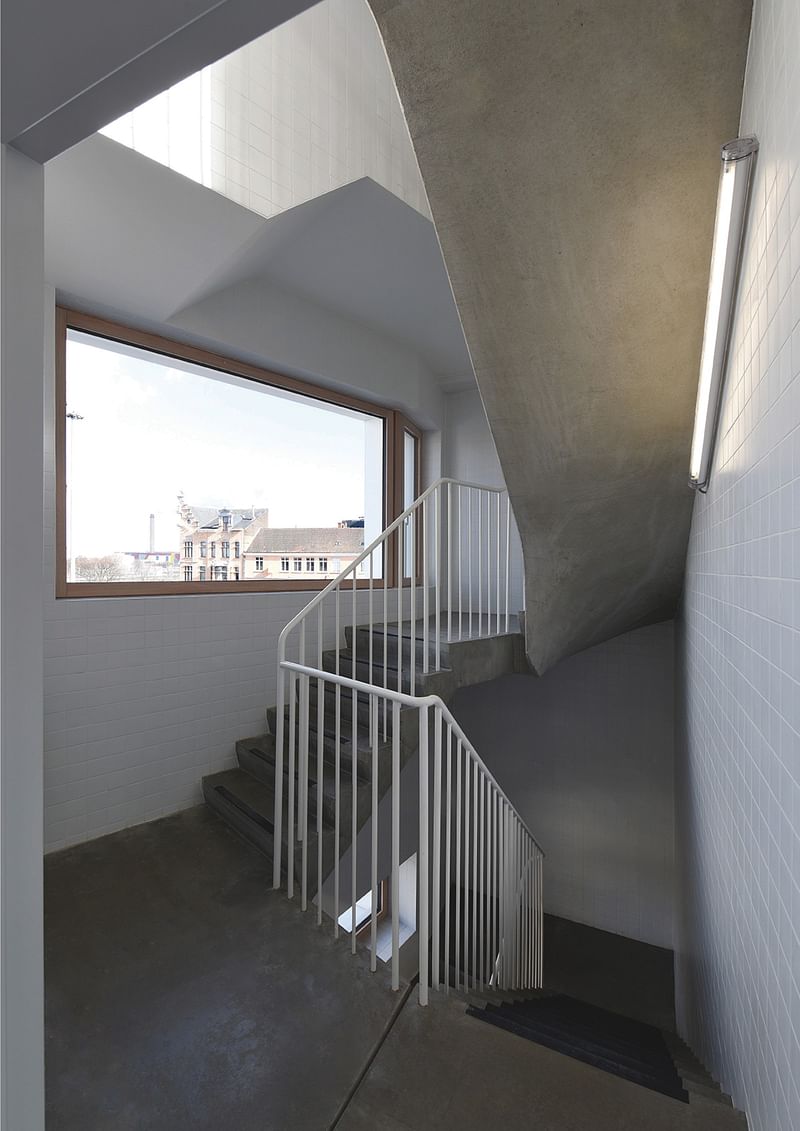

“The maintenance costs have been reduced to the maximum by avoiding air conditioning through calibrated exposure, by allowing natural light in nearly all the spaces and by the absence of an elevator, which the inhabitants didn’t notice...Special details, avoiding thermal bridges, and on-site worker’s formations were developed to assemble the subtle white brickworks in order to obtain this strong texture to play with light and pay tribute to the heritage art-deco façades of the area.”
Photos courtesy 2017 EU Mies van Der Rohe Award.

Share
0 Comments
Comment as :